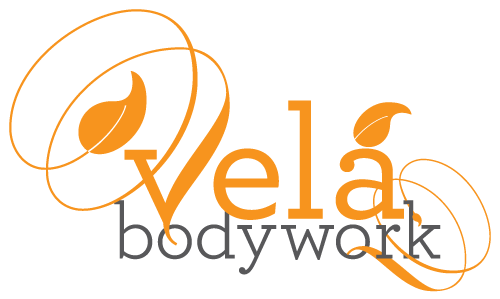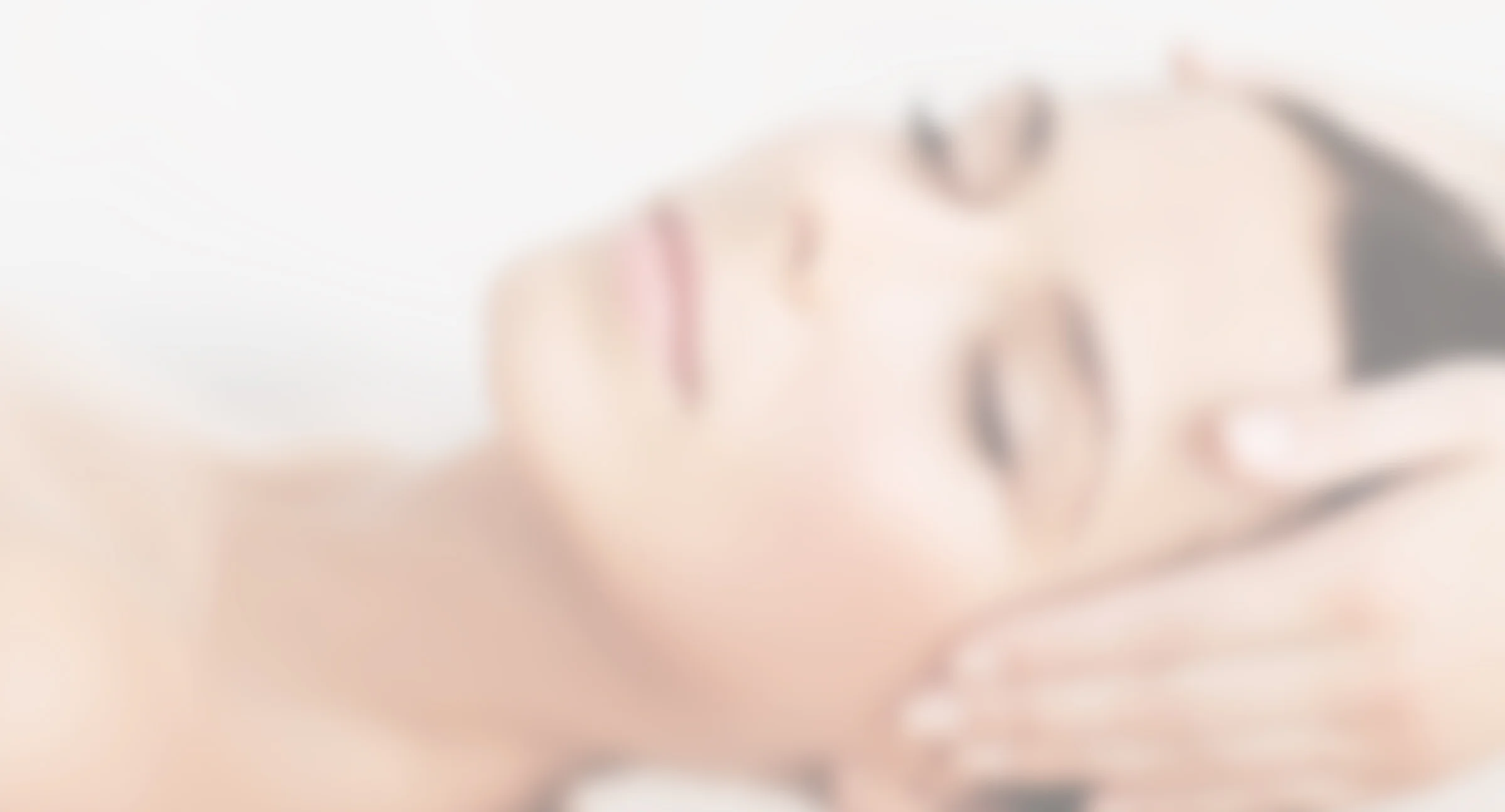Craniosacral Therapy
Helping to Restore Health
Stimulating a deeply relaxed state, Craniosacral Therapy causes the parasympathetic nervous system (the body’s “rest and digest” response) to turn on. Being in this state is highly beneficial to desensitizing the body to pain. Craniosacral is also unique for working with the connective tissue (fascia) matrix that is intrinsic to the central nervous system. Traumatic events (such as car accidents, sports injuries, chronic conditions, abuse) can remain stored in the body through the chronic holding patterns we use to compensate for the injury and protect ourselves.
Over time, these mechanical habits reframe our emotional landscape. This psychosomatic (mind-body) baggage can stick around for months, years, and even decades if we do not address the root cause. Because the Craniosacral system is so deeply embedded in our nervous system, it is a deep access-point to releasing patterns that your body has not learned to let go of.
What is it?
Craniosacral therapy emerged from Osteopathic medicine as a gentle, effective way to support the body’s function via the structure and mobility of the cranium and sacrum, which are connected by the spine. The defining characteristic of Craniosacral is its focus on and support of the central nervous system (composed of the brain and spinal cord), which is embedded in the dura mater, a deep part of the body’s connective tissue matrix that serves as scaffolding for the entire system.
The dura mater (translated as hard mother) lines the inside of the cranium, where it folds in on itself and creates the 1) falx cerebri and 2) tentorium cerebelli — fancy names that, more simply put, are 1) a sickle-shaped structure of connective tissue and 2) a tent-shaped bunch of connective tissue. When 1 and 2 connect, they make the shape of a really cool spaceship, and functionally speaking they separate parts of the brain. They are hard to the touch — think of taut canvas. Then the dura mater continues down through the foramen magnum (the hole at the bottom of the skull where the neck vertebrae begin) and traces the inside of the spine and continues to the sacrum.
Craniosacral therapists use light, precise holds that assess the state of this entire system and bring it into more easy movement by mobilizing the junctions of bones and freeing restrictions in the connective tissue (fascia) web. These techniques also stimulate the healthy production and drainage of cerebrospinal fluid, which surrounds and supports the brain and spinal cord and is a key component in the central nervous system’s ability to function.
The nervous system is important to support because it is the juncture at which chronic patterns and traumas are formed, and therefore the point from which they can be most effectively released. Craniosacral is one of the most effective therapies to receive for emotional and traumatic holding patterns, immune and endocrine dysfunction, as well as chronic pain and stress.
Central to the principles of Craniosacral is that the body holds the intelligence with which to heal itself — a therapist can intervene to help the body express its best health. This notion is experienced while receiving the therapy, which incorporates a series of static holds that are profoundly relaxing and allow the patient to feel grounded and re-set.
The therapy began within the Osteopathic tradition and is today practiced widely by Doctors of Osteopathy, Doctors of Medicine, Physical Therapists, Naturopathic Doctors, and Massage Therapists.
Who is Craniosacral Therapy Beneficial for?
Patients with stress, emotional and physical trauma, endocrine and immune system dysfunction (chronic illness), chronic fatigue and pain, fibromyalgia, TMJ syndrome, scoliosis, central nervous system disorders, brain and spinal cord injuries, post-traumatic stress disorder, concussion and traumatic brain injury.
Who is Craniosacral Not Recommended For?
Craniosacral is extremely restorative and its principles mirror the Osteopathic ones from which it was developed: it is non-invasive and assists the body to restore and heal itself. For this reason, it is rare that Craniosacral is contraindicated.
What You Can Do to Prepare for a Craniosacral Session
Come well-hydrated but preferably not having chugged a glass of water just prior to a session
Your first session will include a 5-10 minute interview to talk about health history and goals.
Post-Treatment
Vela recommends not scheduling any high-energy activities after a session. The body takes time to integrate, and most of these therapies at Vela will leave you relaxed and somewhat subdued.
After a session, you may feel: a reduction in pain or anxiety, a sense of groundedness, an increase in range of motion, sleepiness.
Recommended ways to sustain results and assist your body’s balancing: re-hydrating with water and electrolytes, walking, swimming, taking a bath, other calm activities that allow you to integrate the session.

